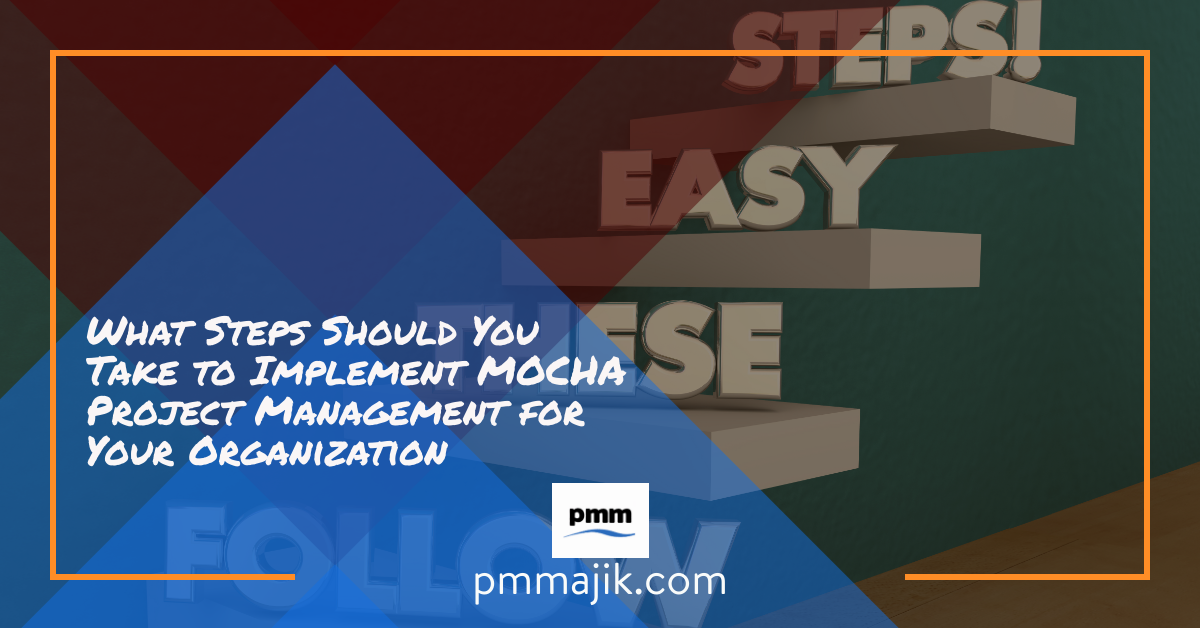Do you need to ensure clarity, accountability, and definition within a project? You’ll find that the MOCHA project management framework is uniquely suited to achieving just that. However, you might not be clear on how to implement MOCHA within your organization. The good news is that it’s not particularly complicated.
The MOCHA project management framework is incredibly flexible. You can apply it to any number of projects across virtually all industries. To ensure success, you need to follow a few best practices.
Define Rules, Roles, and Responsibilities from the Very Beginning
The MOCHA framework is only successful when it’s implemented from the very beginning. You need to ensure that everyone involved with the project has a full understanding of their responsibilities and how their role fits within the overall structure of the project. There is no room for ambiguity here, so if your project would benefit from a free-flowing structure where people move into different roles as necessary, MOCHA is not the right fit.
Know the Who and What
Before beginning your project, you need to define the roles and responsibilities it will evolve. Do this before you even start thinking about who the owner will be (assuming you’re taking the role of manager), helper, consultant, or filling other roles. You need to know what roles you’ll have and what responsibilities each role will have. Only once you have those fleshed out should you start thinking about which people would be best suited to fill those roles.
Are Your Goals and Objectives Clear?
Every team member must understand what they are working on. They must also understand the end goal of the project and how their current efforts dovetail with those of other team members to reach that ultimate goal. If you cannot provide that degree of clarity for everyone, then MOCHA may not be the right framework for your needs.
Use Technology
MOCHA is a framework, not a project management methodology. That means you need to choose the right underlying method (Agile, waterfall, etc.), as well as the right tools to help implement and manage that methodology.
Ensure Clear Communication
MOCHA works best when your team members can communicate with one another clearly and regularly. Make sure they have a way to share their thoughts and ideas during the project. Your team members should be able to ask questions, provide feedback, and offer guidance openly and as needed.
Meetings Matter
Meetings are big parts of some project management methodologies, but MOCHA is a little different. You can limit the number of meetings you have, but you cannot omit them entirely. We recommend planning meetings regularly so that team members can check-in and the owner and manager can ensure everyone is on the same page. Because these meetings will probably be infrequent, they are not optional.
Take Time to Celebrate
Finally, make sure that you celebrate your successes. That applies to achieving your end goal, but it also means taking time to celebrate accomplishments you might achieve along the way. A little recognition for hard work and a job well done will help keep your team members motivated and make the project seem more worthwhile.
Is MOCHA Right for Your Project?
The MOCHA project management framework is adaptable and flexible enough to suit most projects (with a few exceptions). However, to see success here, you must follow the best practices discussed above. Failure to do so could mean your project will ultimately fail or that you won’t see the results you want.






